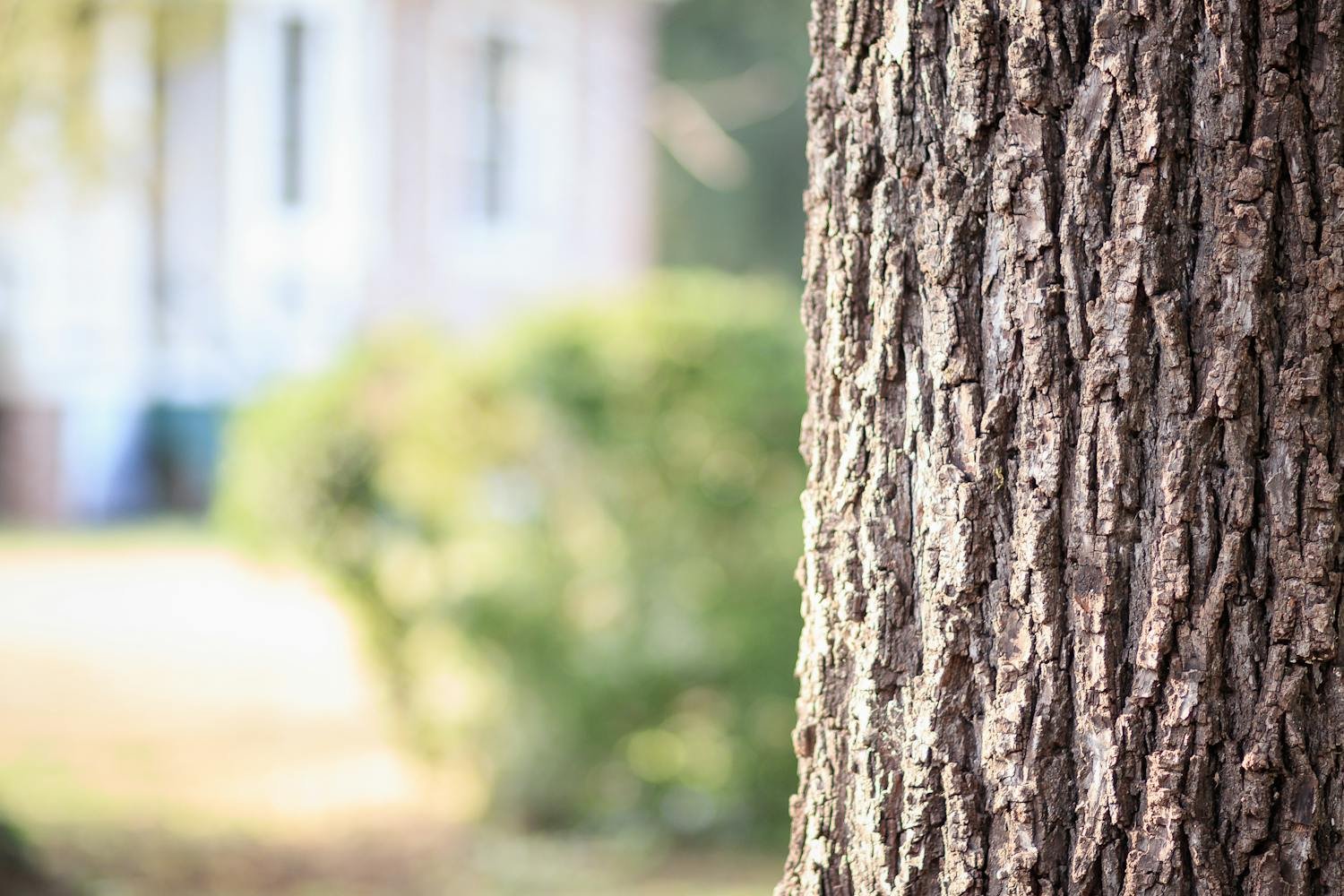
It is proven that the presence of trees in urban areas makes life more pleasant: natural cooling in the face of intense heatwaves, air purification and psychological well-being. However, these large plants are of precious help on a completely different subject: that of education.
As surprising as it may seem, it was a study carried out by researchers at the University of Utah which established this link, in the city of Chicago (Illinois). Published in December 2024 in the magazine Global Environmental Changethis proved the positive impact of the presence of trees on academic success students, particularly those from disadvantaged backgrounds. Exploratory work; the influence of trees on education being an under-studied area; led by Professor Alberto Garcia and ecologist Michelle Lee,
An ecological catastrophe as a social indicator
In the Chicago metropolitan area, ash trees were the most common non-invasive species, accounting for 18% of street trees, or approximately 85,000 specimens. These are trees that follow the layout of the streets, selected for their habit, their resistance to urban conditions and their ability to adapt to the restricted space of sidewalks. In France, the tree par excellence is the plane tree, although new species are increasingly present.
Unfortunately, the arrival of the emerald ash borer, (Agrilus planipennis) a beetle native to Asia, caused a real massacre on the population of Chicago’s trees. In fact, the borer lays its eggs under the bark of ash trees. The larvae then feed on the cambium (thin layer of cells located between the wood and the bark of a tree, responsible for its thick growth), interrupting the circulation of sap and causing the death of the tree.
Between 2010 and 2020, half of these trees have perishedwhile the survivors entered a phase of decline, according to data from the Morton Arboretum, a public garden and research center west of Chicago. This dramatic situation, however, provided researchers with a life-size laboratory to study the consequences of the disappearance of these trees on the education system.
School performance closely linked to the environment
By combining satellite imagery, data from Illinois standardized school tests and infestation records, researchers have developed a unique methodology. The study followed the evolution of the academic results of thousands of students from grades 3 to 8 (from CE2 to 4 in France) between 2003 and 2012, period coinciding with the arrival of the pest beetle.
The resulting results are indisputable: there is a direct correlation between the loss of tree cover and the academic performance of students. In neighborhoods where ash trees have died, the pass rate for these assessments dropped by 1.22%. This decrease, observed only in areas affected by tree loss, represents hundreds of students who are no longer meeting the learning goals set by the state, simply due to the deterioration of their school environment. A seemingly modest decline, but with considerable repercussions on the scale of the population of students in a learning situation.
The canopy, a shield against inequalities
Disadvantaged neighborhoods in Chicago (Englewood, West Garfield Park or Austin, for example) initially have lower tree cover, were less affected by the infestation. However, students from modest backgrounds attending schools located in more affluent areas have particularly suffered from the consequences of the disappearance of trees. “ These students do not have the same resources to recover from the effects of extreme temperatures or pollution-induced headaches “, explains Garcia.
The researcher is actually depicting a somewhat particular context for us here. First, tree loss is not measured solely by the number of trees lost in a neighborhood. Then, the most vulnerable students are not necessarily those who live in the most environmentally degraded neighborhoods, but those who experience a break between their school environment and their living environment.
Those from modest backgrounds who attend schools in affluent neighborhoods are even more exposed to the consequences of tree loss, as they lose a reference environment to which they were accustomed. Furthermore, these students generally spend more time in their school environment, increasing their exposure to degraded environmental conditions, unlike their wealthier peers who can go to air-conditioned spaces or more distant neighborhoods.
This situation, a little contradictory at first glance, proves to us that the distribution of trees in the city is a social issue as much as an environmental one. Even if the study focused on the city of Chicago, it would be extremely interesting to carry out comparative studies to better understand the specificities of each urban context, in France for example. By comparing the results of studies carried out in different locations, it is much easier to strengthen the reliability of the conclusions drawn from the data collected and to identify general trends. Trends that could then point us towards an improvement in local policies in terms of urban greening.
- A study has shown that the presence of trees in the city improves academic results, particularly for students from modest backgrounds.
- The massive disappearance of ash trees in Chicago revealed a direct link between a degraded environment and a decline in educational performance.
- The management of trees in the city is as much a social as an ecological issue, directly impacting urban inequalities.
📍 To not miss any news from GlobalTimes18, follow us on Google News And WhatsApp.




